Sodium Thiosulfate CAS 7772-98-7
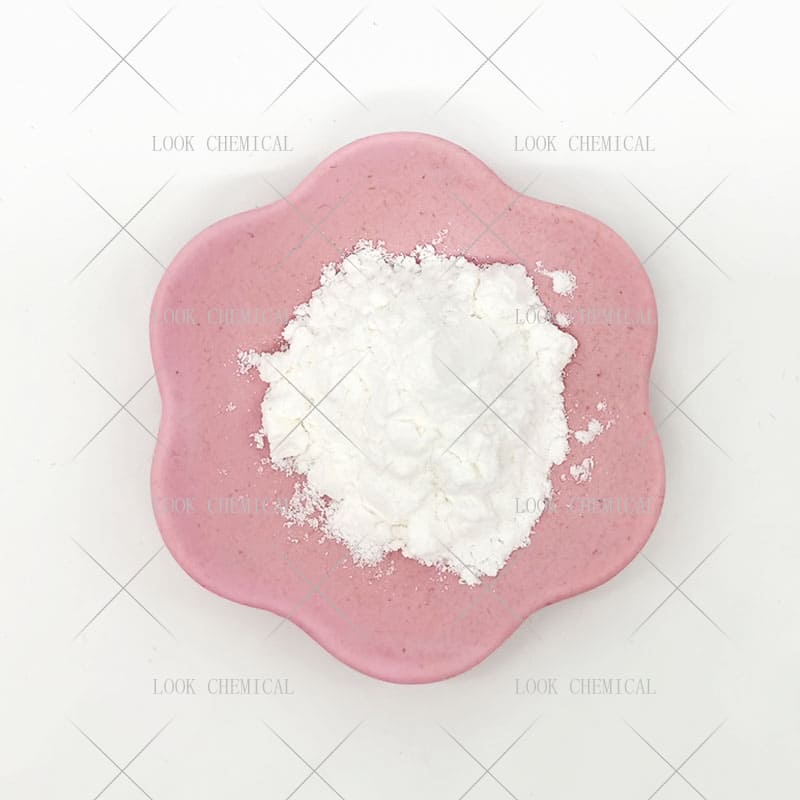
Sodium Thiosulfate CAS 7772-98-7 with Free Sample
- Appearance:Powder
- Purity:99.8%
- Delivery:30days
- Sample Available:Available
- Payment:L/C,T/T,D/P,Paypal,Money Gram,Western Union
- Incoterm: FOB,CFR,CIF,EXW,FCA,CPT,CIP
- Transporta:Ocean, Land,Air, DHL,TNT FedEx
Name: Sodium Thiosulfate
CAS: 7772-98-7
MOQ: 1KG
Directory Guidance on Sodium Thiosulfate
Chemical Structure
Basic Info:
| Melting point | 48°C |
| Boiling point | 100°C |
| density | 1.01 g/mL at 25 °C |
| storage temp. | Store at +5°C to +30°C. |
| solubility | Immiscible with alcohol. |
| form | Solid |
| Specific Gravity | 1.667 |
Product Introduction:
Sodium Thiosulfate, As a common inorganic salt, the chemical formula is Na ₂ S ₂ O ∝・ 5H ₂ O. It usually appears as colorless transparent crystals or white crystalline powder, with high solubility in water and slightly alkaline aqueous solution. It has strong reducibility and is unstable under acidic conditions, easily decomposing into sulfur dioxide, sulfur, and water. This characteristic enables it to exert unique chemical effects in multiple chemical reaction systems.
The preparation methods of Sodium Thiosulfate mainly include dismutation method and sodium sulfite method. The disproportionation method is to use raw materials such as sulfide alkali and sulfur dioxide, under specific catalysts and reaction conditions, to cause the disproportionation reaction of sulfur elements to produce Sodium Thiosulfate. The sodium sulfite method uses sodium sulfite and sulfur as the main raw materials, and undergoes a series of complex chemical reactions in a reaction kettle to produce products. In industrial production, precise control of reaction conditions, such as temperature, pressure, and the ratio of reactants, is a key factor in ensuring product quality and output.
Sodium Thiosulfate’s molecular structure is quite unique, consisting of two sodium ions and one thiosulfate ion in an intermediate valence state, giving it unique properties as both an oxidant and reductant in chemical reactions, but its reducibility stands out more significantly. When exposed to water, its reducible properties become particularly significant: during hydrolysis reactions in solution, more reduced forms are produced, making the solution alkaline; providing ideal conditions for further reactions that require alkalinity than acidic conditions – making Sodium Thiosulfate more suitable.
In terms of its physical properties, in addition to good solubility, it also has a certain hygroscopicity. It is easy to weather and lose crystal water in dry air. Therefore, it needs to be sealed during storage to prevent it from deteriorating. In industrial production, the production scale of Sodium Thiosulfate is huge, with a global annual output of tens of thousands of tons. As a major chemical country, China’s output holds an important position in the international market. The main production enterprises are distributed in regions with developed chemical industries, such as Shandong, Jiangsu and other places. With advanced production techniques and a complete quality control system, these enterprises produce high-quality Sodium Thiosulfate products to meet the diverse demands of domestic and foreign markets.
Nature and Specifications:
| Item | Specification |
| Product Name | Sodium Thiosulfate |
| CAS No. | 7772-98-7 |
| Appearance | Powder |
| Shelf Life | 2 years |
| Packing | As your requirements |
| form | Solid |
| Specific Gravity | 1.667 |
| color | White |
| PH | 6.0-8.5 (25℃, 50mg/mL in H2O) |
| Water Solubility | Soluble in water. Insoluble in alcohol. |
| Sensitive | Hygroscopic |
Product service:
- Certificate Of Analysis (COA)
- Material Safety Data Sheet (MSDS)
- Route of synthesis (ROS)
- Method of Aanlysis (MOA)
- Nuclear Magnetic Resonance (NMR)
- Packing pictures and loading video before loading
- Free Sample
- Factory audit
In the photography industry, Sodium Thiosulfate is used as a fixative to dissolve unexposed silver halide. During the fixing process, thiosulfate ions form soluble [Ag (S ₂ O ∝) ₂] ⁻ complexes with silver ions, thereby peeling off the non photosensitive silver halide from the film or paper. The selectivity and efficiency of this reaction made it dominate the image processing industry for a long time before the popularization of digital technology. With technological advancements, Sodium Thiosulfate still plays an important role in the waste liquid treatment of digital printing for the recovery of precious metal silver. In addition, in the field of film restoration, Sodium Thiosulfate solution can remove silver oxide spots on the surface of the film, extending the preservation period of cultural relics.
The demand for Sodium Thiosulfate in the field of environmental protection continues to grow. In water treatment processes, it is used as a heavy metal precipitant and residual chlorine remover. For example, when treating cyanide containing wastewater, Sodium Thiosulfate can convert highly toxic cyanide into relatively non-toxic thiocyanate. In waterworks, its reducibility can effectively eliminate free chlorine in the pipeline network and prevent the generation of chlorinated organic compounds. More cutting-edge applications are reflected in the field of soil remediation, where the chelation of heavy metals such as lead and cadmium in polluted soil can be converted into washable forms through the chelation of sodium Thiosulfate, which can be combined with subsequent treatment to achieve soil purification. It is worth noting that this process requires precise control of the dosage of the medication to avoid excessive use leading to soil salinization.
The application of Sodium Thiosulfate in the medical field mainly focuses on detoxification treatment. As a specific antidote for cyanide poisoning, its mechanism of action is to react with cyanide ions to produce low toxicity thiocyanate, which needs to be used in combination with sodium nitrite to enhance the therapeutic effect. In recent years, research has found that it has a protective effect against nephrotoxicity caused by cisplatin chemotherapy, and its mechanism may involve the clearance of free radicals by thiol groups. In the field of dermatology, 2% Sodium Thiosulfate solution is used to treat fungal infections such as tinea versicolor, and its antifungal activity originates from interference with fungal cell membrane thiol metabolism. However, sodium thiosulfate for intravenous injection must strictly comply with pharmacopoeial standards to avoid contamination by pyrogenic substances.
Sodium Thiosulfate is an important intermediate and auxiliary reagent in the chemical production chain. The dye industry utilizes its reducibility for the reduction dyeing of indigo dye, which has lower toxic by-products compared to traditional sulfide alkali methods. During the leather tanning process, it can be used as a hair removal aid to accelerate the separation of the hair epidermis layer by decomposing keratin. More innovative applications are reflected in the field of lithium battery electrolyte additives, where trace amounts of Sodium Thiosulfate can improve the stability of the SEI film on the electrode surface and enhance battery cycling performance. These cross industry application expansions fully demonstrate the multifunctionality and reaction controllability of their chemical properties.
In some organic synthesis reactions, Sodium Thiosulfate can be used as a reducing agent or intermediate, and its reaction selectivity can ensure that the reaction proceeds along the expected path, generates the target product, reduces the generation of by-products, and improves the atomic economy of the reaction and the purity of the product. At the same time, its reaction conditions are relatively mild, and the reaction can generally be carried out at room temperature or lower temperature, which not only reduces the requirements for reaction equipment and saves energy consumption, but also improves the safety of production and avoids the potential safety hazards caused by harsh conditions such as high temperature and high pressure.
From an economic perspective, Sodium Thiosulfate has significant advantages in raw material cost and preparation energy consumption. The main raw materials, sodium sulfite and sulfur, are both bulk chemical products, with an annual global output of more than one million tons, a stable supply chain and small price fluctuations. The production process uses liquid phase reaction under normal pressure, without high temperature and high pressure equipment, and the unit energy consumption is about 30% lower than similar products. More importantly, the byproducts produced during the application of Sodium Thiosulfate are mostly environmentally friendly substances such as sodium sulfate, and the post-processing cost is much lower than traditional sulfur-based agents that produce hydrogen sulfide or sulfur dioxide. This full life cycle cost advantage makes it more competitive in the market against the backdrop of increasingly stringent environmental regulations.
Operational safety is another important factor that makes Sodium Thiosulfate popular. The solid product is non-corrosive, and operators only need to wear basic protective equipment to safely contact it, which greatly reduces occupational health risks. The corrosion rate of its aqueous solution on metal pipes is less than 0.1mm/year, and ordinary stainless steel equipment can meet production needs, without the need for expensive Hastelloy or titanium reactors. In terms of emergency treatment, Sodium Thiosulfate leaks can be washed and diluted with a large amount of water, and the combustion products are only sodium sulfate and sulfur dioxide. Compared with hydrogen sulfide produced by other sulfide fires, the difficulty and danger of emergency treatment are significantly reduced.
The compatibility advantage makes Sodium Thiosulfate perform well in multi-component systems. In the formula of composite water treatment agents, Sodium Thiosulfate can be used in conjunction with common flocculants such as polyaluminum chloride and polyacrylamide without precipitation or reduced efficacy. In the cleaning agent for the electronic industry, its compound system with surfactants can effectively remove solder paste residues without corroding precision components. This wide compatibility stems from its moderate redox potential and weak alkalinity, which will not destroy the molecular structure of most organic matter, but can react specifically with inorganic pollutants. This “harmonious yet different” chemical property provides unique value for its application in complex systems.
Contact Us
Product picture:
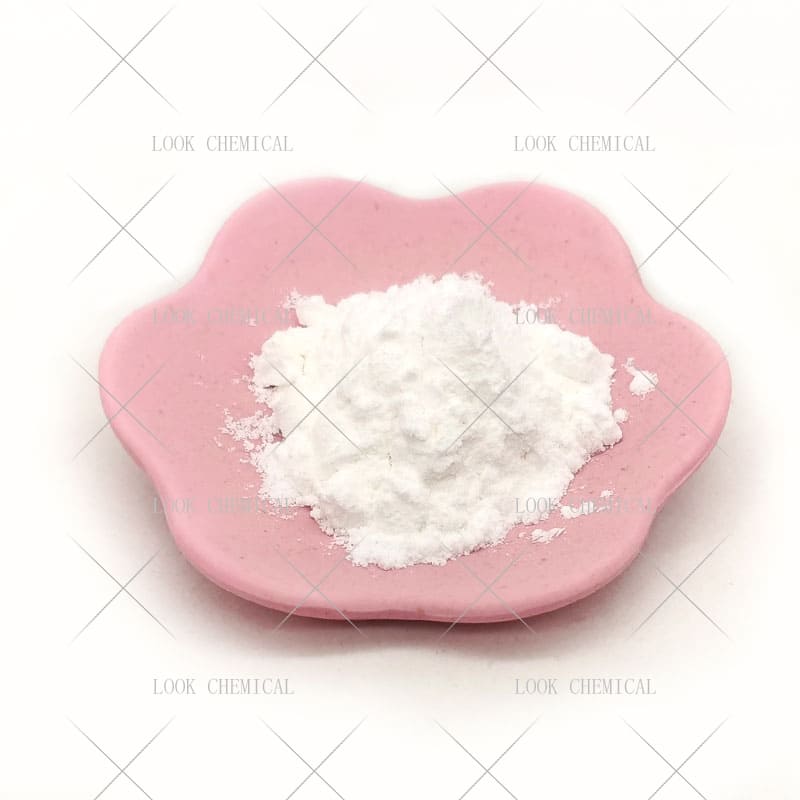

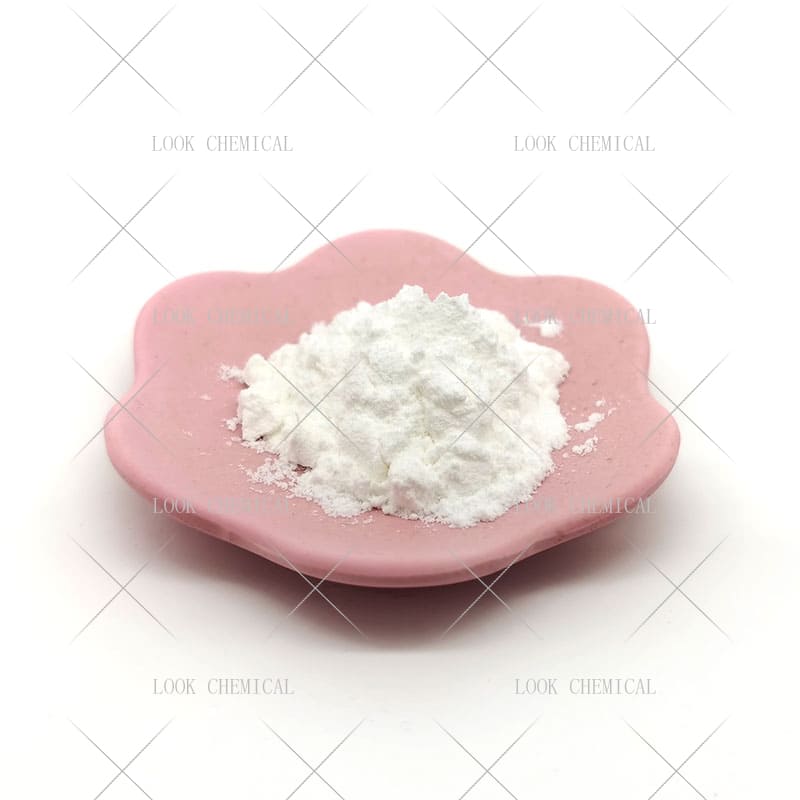
Product Package picture:
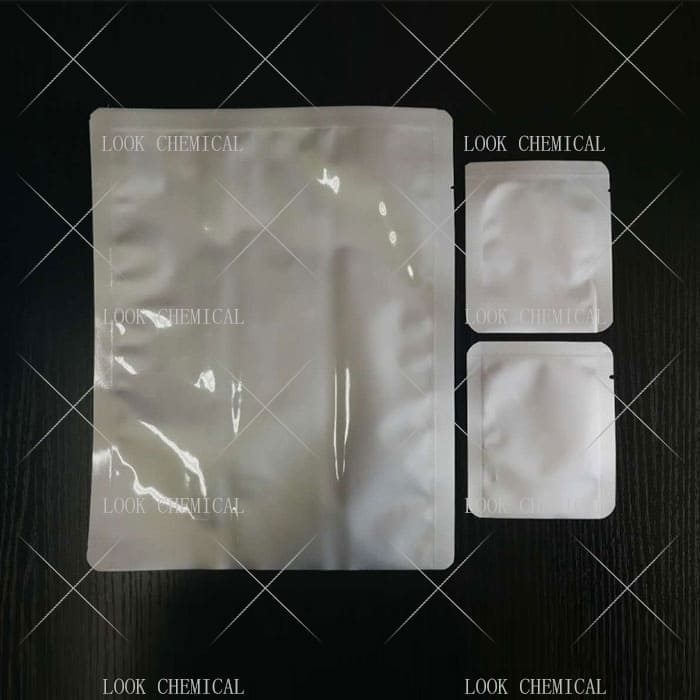
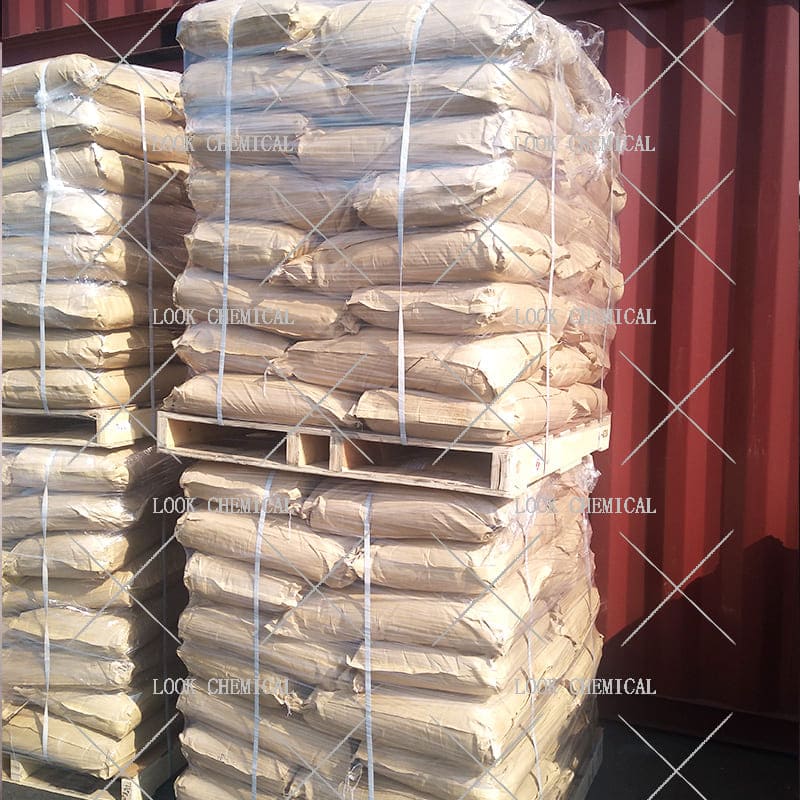
Related References:
chemicalbook-Sodium Thiosulfate
Sodium Thiosulfate Manufacturer
Contact Us
As an experienced Sodium Thiosulfate manufacturer and supplier, Look Chemical is committed to producing and selling high quality products.
We cooperate and trade with 6000+ factories around the world, and our high-quality products and excellent services make us enjoy a high reputation internationally.
As Sodium Thiosulfate CAS 7772-98-7 supplier, Look Chemical provides supply chain solutions to partners and customers in a wide range of industries. We offer competitive pricing and quality products.
If you have a demand for this product, please contact our company’s sales staff, we will provide you with a solution in the shortest time.
Transport proposal

1. For products ≤50kg, we recommend using express delivery, which is usually called DDU service (discounted, convenient).
2. For products ≤500kg, we generally recommend air freight, which is usually called FOB, CFR or CIF service (fast and efficient).
3. For products >500kg, we generally recommend shipping by sea, which is usually called FOB, CFR or CIF service (economical, safe).
4. For high-value products, please choose air or express to ensure the safety of product transportation.
Shandong Lookchemical service:
* Timely reply and 24 hours online, the professional team will provide you with the most favorable prices and high-quality products.
* The sample supports testing and inspection.
* Each batch of products will be tested to ensure that its quality meets user needs.
*Packaging can also be made according to customer requirements.
*Any inquiries will be answered by our relevant personnel within 24 hours.
*We will provide you with commercial invoice, packing list, packing list, COA, health certificate and certificate of origin if you need it. If your market has other special requirements, please let us know.
*We will monitor the logistics information in real time and will share the information with you.
* You can consult us at any time if you have any questions about the product, and we will answer you in time.
*If you have any questions about the product, you can report it to us, we will deal with it in time for you, and the product can be returned.
Frequently Asked Questions(FAQ):
We will make samples before mass production, and after sample approved, we’ll begin mass production. Doing 100% inspection during production, then do random inspection before packing.
Our MOQ is 1kg. But usually we accept less quantity such as 100g on the condition that sample charge is 100% paid.
Yes. We’ll give you product analysis report before shipping.
Different quantity has different discount.
Yes. Welcome to visit.
You can get free samples for some products,you only need to pay the shipping cost or arrange a courier to us and take the samples. You can send us your product specifications and requests,we will manufacture the products according to your requests.

